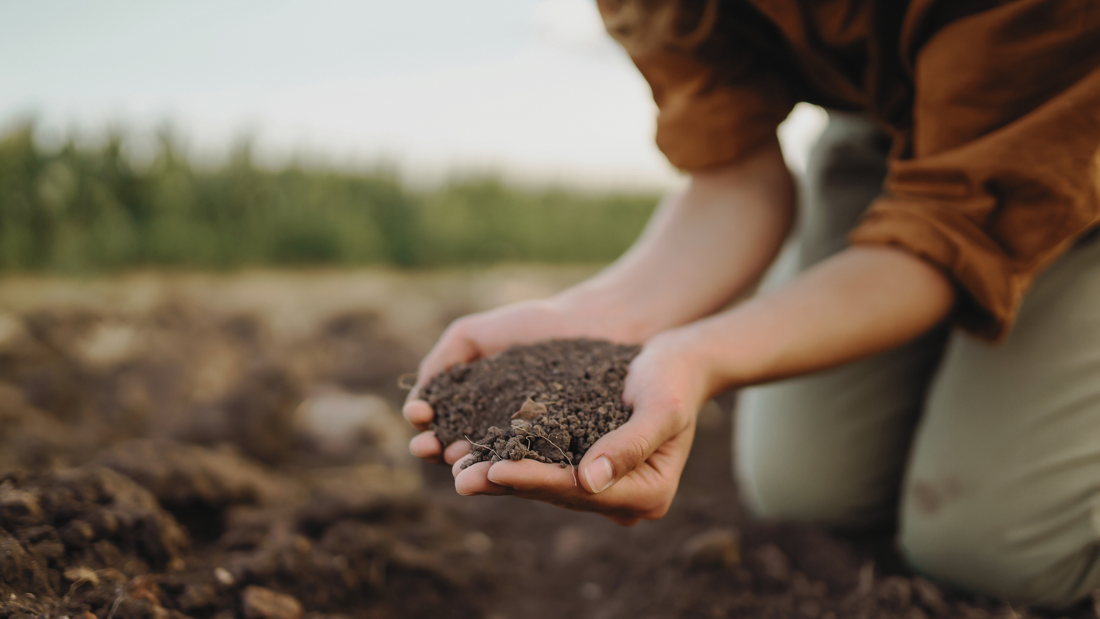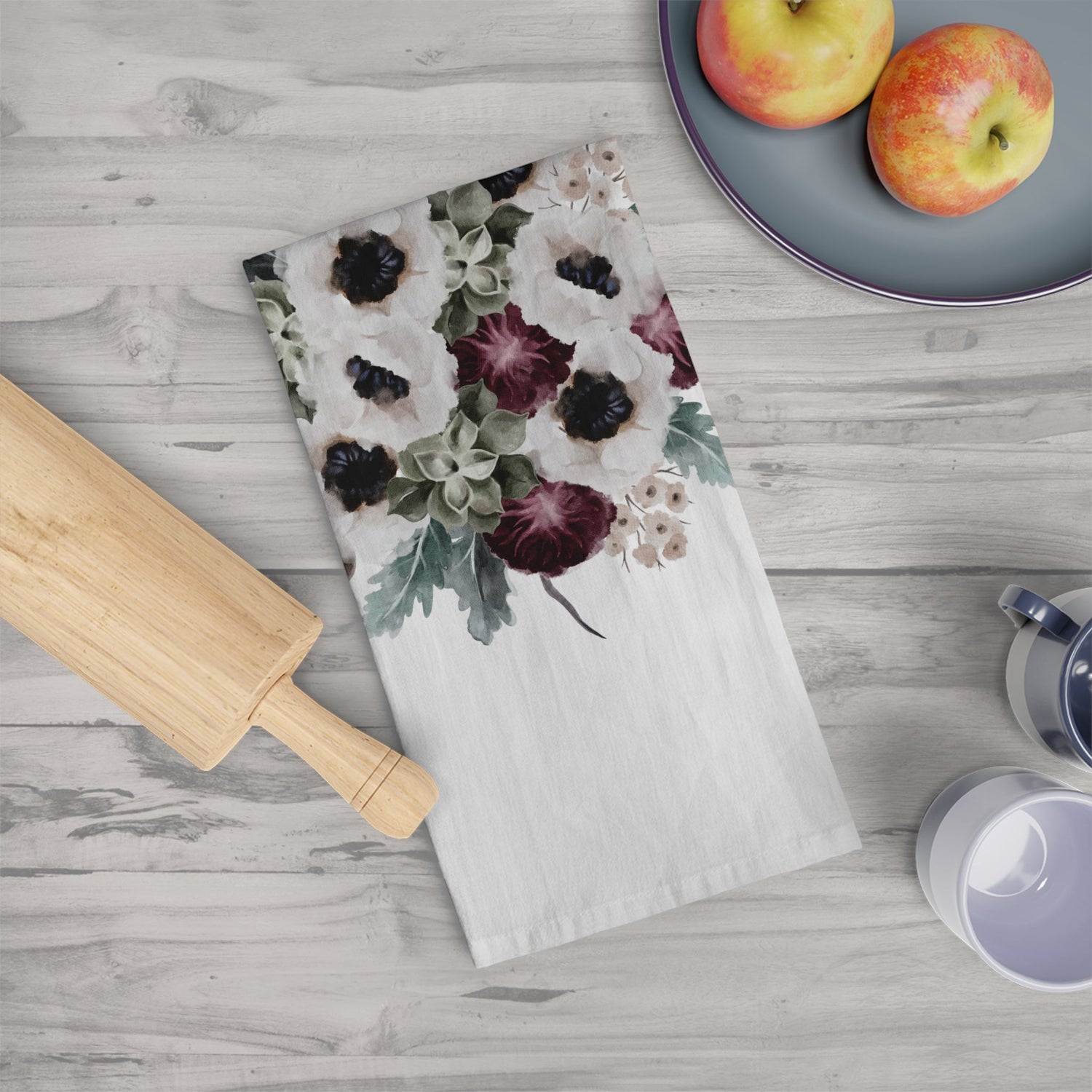
The Secret to Healthy Soil
Share
Natural Fertilizing Methods That Work
Healthy soil is the foundation of a thriving garden, but keeping it rich and full of nutrients doesn't have to mean buying bags of fertilizer. In fact, many store-bought fertilizers (especially synthetic ones) do more harm than good. They can disrupt the delicate balance of soil life, leach away with rain, and leave your plants dependent on constant feeding. Instead, let's talk about natural, sustainable ways to keep your soil healthy year after year—without breaking the bank or harming the environment.
Soil is More Than Just Dirt
Think of soil like a living ecosystem. Beneath the surface, there's an entire world of microorganisms, fungi, worms, and insects all working together to break down organic matter and provide nutrients to plants. The healthier the soil, the healthier your plants will be.
So how do we feed the soil? By working with nature instead of against it!

Natural Ways to Feed Your Soil
Chop and Drop: Nature’s Mulch
Instead of pulling out spent plants, chop them up and let them decompose right on top of the soil. This method mimics the natural cycle of plants dying back and returning their nutrients to the earth. It also helps retain moisture and suppress weeds—win-win!
Compost: The Gold Standard
Composting kitchen scraps, yard waste, and plant debris creates a powerhouse of nutrients for your garden. Simply mix in finished compost with your soil or top-dress your plants with a layer each season. Even better, compost improves soil structure, helping it retain moisture and support beneficial microbes.
Weed Tea: A Nutrient Boost
Before tossing weeds, turn them into a natural fertilizer. Fill a bucket with weeds (like dandelions or clover), cover them with water, and let them sit for a few weeks. The result? A nutrient-rich tea that can be used to water plants and give them a natural boost. Just strain and dilute before using.
Leaf Mulch: Free and Effective
Fallen leaves are one of the best soil-building materials around. Instead of raking them away, pile them onto your garden beds. Over time, they break down into rich organic matter, improving soil texture and feeding beneficial organisms. This is a great way to reduce how much new soil you need each year—nature does the work for you!
Don’t Pull, Just Cut
When a plant is done for the season, resist the urge to yank it out. Instead, cut it at the base and leave the roots in the soil. As they decompose, they create air pockets that help water infiltrate and provide food for soil microbes. Plus, many plants will regrow from their roots if given the chance!

Building Soil Health Year-Round
- Keep soil covered – Use mulch, plant cover crops, or leave plant debris in place to prevent erosion and keep microbes happy.
- Avoid tilling – Tilling disrupts beneficial soil life and can make your soil compacted over time. Stick to top-dressing with compost or mulch instead.
- Water wisely – Healthy soil holds moisture well, but deep, less frequent watering encourages strong root growth.
- Encourage biodiversity – The more variety in your garden (plants, bugs, fungi), the healthier your soil will be.
Why Not Synthetic Fertilizers?
Synthetic fertilizers may offer a quick fix, but they come with a cost. They can deplete soil health over time, harm beneficial microbes, and contribute to water pollution. Plus, they don’t improve soil structure—so you end up needing more and more each year. Natural methods, on the other hand, build long-term soil fertility and resilience.

Healthy soil isn’t just about feeding plants—it’s about feeding the entire ecosystem beneath your feet. By using natural fertilizing methods like chop and drop, composting, and weed tea, you’re not only improving your garden but also working in harmony with nature. The best part? With these simple, sustainable techniques, your soil will get better year after year—no expensive fertilizers required.
LFG (Let's Flourish & Grow)



